World War Special Editions: To remember the anniversary of the First and Second World Wars, First News has created two special issues, written as if published during wartime Britain. Each issue includes a collection of news stories, along with fascinating, original black and white images, taking readers from the outbreak to the end of each world war. The first of the two editions reports on World War One, while the second edition reports on World War Two, covering the key events overseas and how the wars took their toll at home. Click on the covers below to sample three pages of these fantastic historical editions. To order copies of these issues for your class CLICK HERE. A 1914-2014 timeline poster will be included free of charge with every 5 copies ordered.
1. First News WW1 Special Edition 2. First News WW2 Special Edition
SAMPLE – Pages 1 to 3SAMPLE – Pages 1 to 3
FREE ACCOMPANYING TEACHING ACTIVITIES
The below World War Newspaper teaching resources support First News’ WW1 and WW2 newspaper editions. They are suitable for both KS2 and KS3 lessons, and aimed at students working at levels 4 to 6. The activities are intended to give pupils a greater knowledge and understanding of the key events in both conflicts – as well as the art of newspaper writing.Click on the images below to download the corresponding teaching activities designed to be used alongside these special editions. CLICK HERE for our Teacher Overview document, for further information on the activities below .
A) WW1 News Quiz – This quiz activity, with its focus on information retrieval, encourages pupils to read the newspaper from cover to cover and provides a useful overview for your class of the key events which shaped the Great War.
A glossary, to help with key vocabulary is included.
B) WW1 Look Closer – An in-depth reading comprehension focusing on one article from the WW1 newspaper, ‘Christmas truces spread’ – about the temporary ceasefire in the Western Front trenches. Can pupils find the facts (AF2), interpret the information (AF3) and work out why the journalist wrote and presented the story in the way they have (AF4-7)? Each question’s assessment focus (AF2-7), along with suggested levels (L4-L6), is given in the teacher answers.
C) Write your own newspaper article – Based on the Animal section of the WW1 newspaper edition, these worksheet-based activities help pupils learn key features of a newspaper article and write their own article about a WW1 animal hero.
– If you are covering WW1 poetry with your class, ask pupils to look at the differences and similarities between the details in the ‘Life on the front line’ feature and what pupils find out from the poems. How do the two texts succeed in communicating the conditions of the WW1 trenches?
– Instead of the animal article, pupils could write an article about life in the trenches, based on the ‘Life on the front line’ feature and ‘Thousands die at the Battle of the Somme’. The newspaper writing resources will also help them with this activity.
– Discover more on the Christmas truce: The Christmas truce story is retold in Michael Foreman’s Smarties Book Prize winning ‘War Game Village Green To No-Man’s-Land’ and has been made into short animated film.
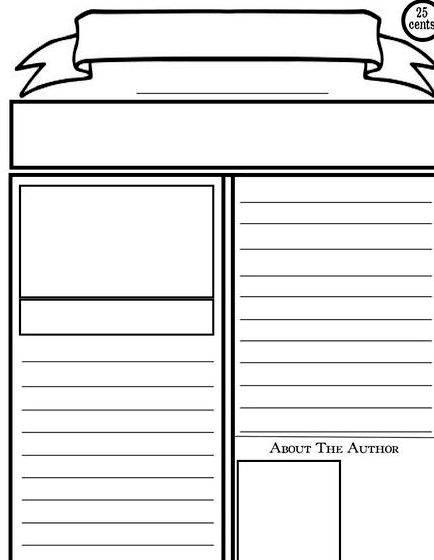
A eyewitness account of the Christmas truce is contained in a letter from Lieutenant Sir Edward Hulse to his mother: ww1daily.com/christmas-truce-1914-eyewitness-report-events-lt-sir. . Hear about the WW1 Christmas truce from the soldiers themselves on the Imperial War Museum’s First World War Centenary website Podcast 9: The Christmas Truce (A transcript accompanies the podcast) 1914.org/podcasts/podcast-9-the-christmas-truce/
A) WW2 News Quiz – This quiz activity, with its focus on information retrieval, encourages pupils to read the newspaper from cover to cover and provides a useful overview for your class of the key events, which shaped the Second World War. A glossary, to help with key vocabulary, is included.
B) WW2 Look Closer – An in-depth reading comprehension focusing on one article from the WW2 newspaper, ‘Auschwitz – the most famous camp of all’. Can pupils find the facts (AF2), interpret the information (AF3) and work out why the journalist wrote and presented the story in the way they have (AF4-7)? Each question’s assessment focus (AF2-7), along with suggested levels (L4-L6), is given in the teacher answers.
C) Write your own newspaper article – Based on the Animal section of the WW2 newspaper edition, these worksheet-based activities help pupils to learn key features of an article and write their own article about a WW2 animal hero.
– How the other side saw things Germany suffered heavy bombing in WW2 too, as shown in the article ‘Dresden destroyed by Allies’. How might a German newspaper have covered the same event? Pupils can write an article from the German point of view about the bombing of Dresden. The newspaper writing resources support this article activity.
– Discover more on the D-Day Landings with the Normandy Tourist Board’s Educational Resource Pack: ’The D-Day Landings the Battle of Normandy’ .
First News WW1 Special Edition – Sample.pdf
First News WW2 Special Edition – Sample.pdf
Teacher overview.pdf
WW1 News Quiz.pdf
WW1 Look Closer.pdf
WW1 Write your own newspaper article.pdf
WW2 Look Closer.pdf
World War 2 News Quiz.pdf
World War 2 Write your own newspaper article.pdf




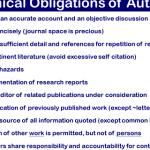 Basic principles of writing article summary
Basic principles of writing article summary Writing news article summary rubric
Writing news article summary rubric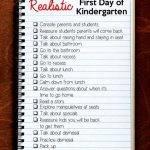 Article about teaching writing to kindergarten
Article about teaching writing to kindergarten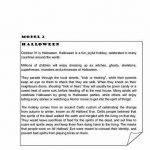 Writing an article describing a festival
Writing an article describing a festival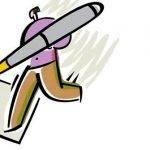 Susan letham articles on writing
Susan letham articles on writing






